I do blogs about all manner of things photographic, but clearly, one subject I return to consistently is the nature and quality of light, both natural light and flash light. This is not unique to me, or this blog. Lotsa folks out there talkin’ bout flash. Big flash, small flash, up close, far away, here, there. What occasionally gets overlooked in the “all flash all the time” conversation is the importance of shutter speed. Now, folks who have been shooting for a while know the ins and outs of shutter speed, to be sure. But I can’t tell you how often I’ve taught a class and come up on a team in the field, trying to shoot inside a factory, and, because the class is about flash, they are using a “flash” shutter speed of 1/250th of a second, rendering the scene as utter darkness. They thus burden themselves with the task of lighting the whole damn factory. With two speed lights. This, I tell them, is not possible. And I say that with the complete certainty of one who has amassed a 30 year history of engaging in utterly Quixotic flash follies, doomed to irretrievably embarrassing failure even before I put my camera to my eye.
My opening comment, when I view a location foray such as I describe above about to go off the rails, is often something along the lines of, “Shutter speed is your friend.”
I shot both of the above for Kelby Training video that came to be titled, Making Pictures in Bad Weather. Trust, me, I didn’t head to Tampa with that title in mind. But it turned out that we were trying to shoot through the tail licks of an offshore hurricane, and hence, we bagged a lot of the locations, and found shelter. That class ended up being one of the most fun classes I’ve taught for the Kelby group. It was a hoot, and was just like being on location for a magazine and needing to get it done ’cause the editor who assigned us doesn’t give a rat’s ass if it’s raining anvils. You have to shoot pictures, and shoot through all manner of shit.
The two pix above were shot in the same tiny bathroom, and these views of that little room have very different feels to them. And the differences do stem from the different qualities of light. But, what enabled the difference was shutter speed.
First pass. Window’s glowing and available light dominates the room. One hot shoe flash employed, on the hot shoe. It’s cranked backwards and flying the light up the wall I’m leaning against. It fills the shadow side of the model, just a little. It’s running at low power, no light shaper, except the stock in trade dome diffuser. It bounces partially off the wall and partially off the ceiling. Adds detail, and that’s about it. It fulfills the classic definition of a fill light: A light you don’t notice until you turn it off.
Below is camera info.
And here is more specific flash info, off Nikon software….
The second shot is darker, moodier. No glowy window, and fairly heavy shadows. Reason for that is I chucked available light, and put a Quadra flash out in the rain, cloaked in a baggie, firing off a radio, with no light shaper. It is about 5 feet from the frosted pane of glass, and it’s just a simple blast of light. The frosted glass becomes my light shaper. And because I don’t let any available light in, all the exposure comes from the flash.
Again, camera info.
No coded flash info here, as it is a third party flash, and doesn’t communicate with the camera. But the Quadra is providing all the light, and is well within its power range and capability.
The flash style, power and direction are truly different, to be sure. But the real difference, to me, in the two shots is a simple shift in shutter speed. The f-stops are quite similar. Shutter speeds aren’t. In the open, window blown away version, the shutter speed is 1/8th, and in the more controlled, moody version, the shutter rang in at 1/250th.
Shifting the shutter enables the game of ratios, which is a game forever played on location. You walk in, and you observe what light already exists. Then you factor how much, or how little, of that light plays into your photo by cranking your way through the shutter speed dial. You can allow the natural light to dominate, and thus making your flash a bit player, a reserve coming off the bench, and not the star. Or you can use the shutter speed to snuff the light entirely, rendering darkness upon the land, which you then replace with custom made flash treatment.
A game we always play. What exists, and, what do we layer over what exists? The flash we bring to location can be an unseen infiltrator, a thief in the night. Or it can be a thundering herd. The thing to remember, always, is that the determining factor in how many flashes (if any at all) we take out of the damn trunk is the existing light, and it’s volume and quality.
As as location “flash photographer” the most important light you always wrestle with is the ambient light. And when it comes to ambient light, shutter speed is the judge and jury, and your friend.
More tk….
For the technically minded, the gear used above was Nikon D4, 14-24 f2.8, 24-70 f2.8, Sb-900 speed light, and Ranger Quadra.

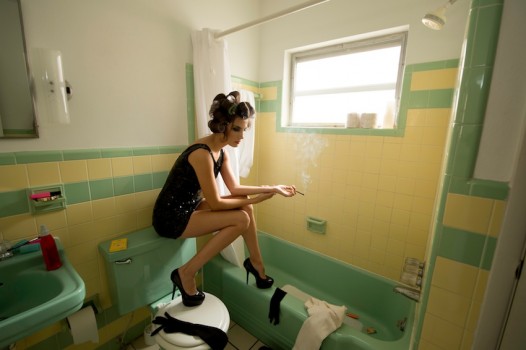
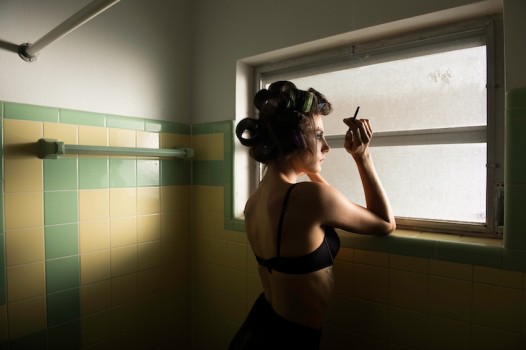
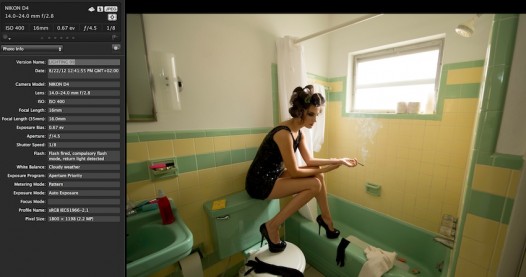

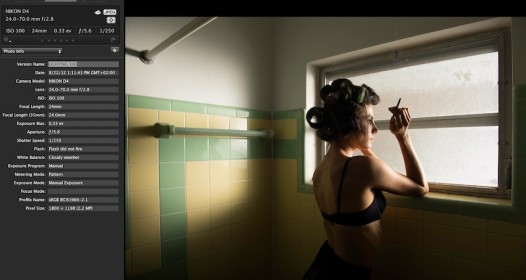
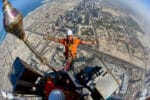
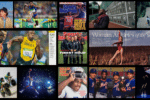
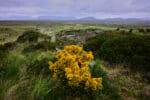
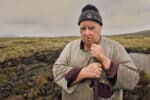
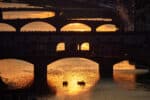
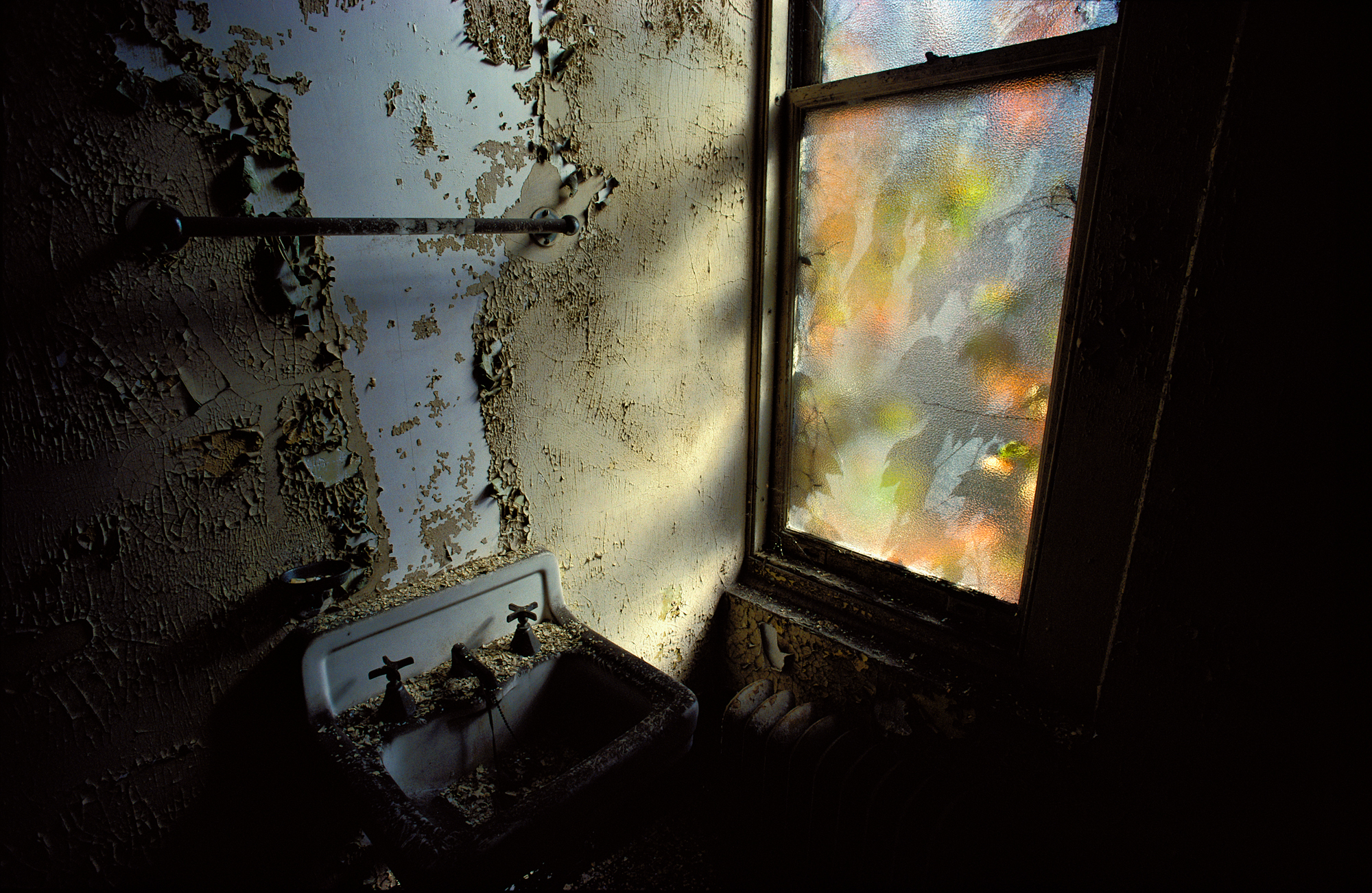


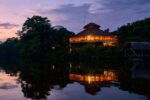




great post, cheesy photos… underwear, ok… cigarettes? ugh. i can’t imagine voluntarily being in that tiny room with the model. you’re a trooper. still love you 😉
Love your writing, Joe. Keep up the great metaphors, and I will always stash some cash for your next book.
Thank you Mr. McNally for sharing your experience and knowledge. You’re a true inspiration to me, as I strive to make the best photographs to my ability.
Back to Basics. As a self professed ‘slow learner’ in 4 of your courses, this is the primary concept that has penetrated my noggin. It is what has made the greatest difference to my images.
Thanks Joe, this is great. I did most of my early indoor work without any flash, which didn’t work out very well for me very often, but it sure taught me to how to get the most out of my ISO and shutter speed (And how to be very still). As I slowly add to my lighting arsenal its been such a joy to figure out how to mix it all together! Light really is magic 😀
Fantastic post. Lovely and different results due to technique first, gear second. Thank you.
Thanks, Joe. Great post… I just tried it with the ambient morning light, entering my window. Still need lots more practice though.
The last line is awesome. It should be tattooed on the back of our hands. Observe first. Light later!
…last line of the second-to-last paragraph!
I love the way always tell your stories. I hope to be able to tell mine with the same grace that you tell yours through words and photos.
I can relate to improvising in crappy weather. I too used the my flash for fill and enhancing window light indoors last weekend. I often shoot senior portraits in April around the Seattle area. Calling the weather a crap shoot around here in the spring would not be accurate as craps has a higher probability of of a favorable outcome. The rain adds stress but also shoves us into a more creative mode that tends to end up, at least for me, with better results.
I love the drama of deep shadows in the color-saturated bathroom in your second shot. Random question – do you often set you flash to rear curtain mode?
Joe – Just out of curiosity – why shoot wide-open for these two setups?
Hi Paul…neither of them are, actually. One is 5.6 and the other I believe is 4.5. Joe
Joe-
Watched this Kelby video and all your others many times.
Please make more videos!!
Thanks, Joe.
I think what you want to say is the following:
The most basic concept always plays the most important role. Use “Shutter speed” to control your background or ambient light.
Is that right??
in picture # 1..How many shots/settings did it take you to arrive at the final frame
Why do some photographers never get the idea that ambient and flash light operate under the principle that the flash sets your ISO and f-stop while the ambient determines your shutter speed?
I know some very accomplished photographers who do not understand this, but they have developed their style to include it without fully getting “in the numbers.” That’s fine with me.
Is it they learned “sync” speed and always set the shutter speed based on that one number without knowing the rest of the story? Or are they more like me, in the rush to set-up and “stop wasting time” we forget somethings and thus waste our time?
Joe – you missed out the ISO.
The one where you had the ambient is on ISO 400, while the one with the quadra is on ISO 100.
sure, that’s another way to say it….
You be right! The lower ISO contributes to some of the heaviness of the shadows. I was able to lower ISO because I had more flash power at my disposal. Thanks, man….Joe
And going the other direction, that 1/250th can sometimes be a real pain in the ass too. I was shooting a beach wedding a few weeks back, at midday, with no clouds and absolutely unrelenting harsh Aussie sun. No shade anywhere, I desperately needed to throw some sort of fill light in to the equation but didn’t want to have the sky blow out, or lose the colour in the beautiful turquoise water. Even at 100 ISO I had 6 stops of ND filtering going on to get my ambient exposure looking ‘acceptable’. Tried going down the high speed sync road but couldn’t get enough power to cover the distances involved. It was a ‘fun’ day : ) Thankfully the results were a lot better than my nightmares the night were before predicting…
Not a blog post goes by where I don’t learn something useful from ya Joe. You can even turn a crapper into fine art. Thanks as always.
This reminds me of what David Hobby keeps saying for his BTS posts ~ step one, see what the ambient is giving you. Don’t touch the scene until you know what you’re looking at.
Hi Joe, just checking but did you not gel the flash at all in the first picture (the one on camera bouncing backwards) ? Or were you relying on some colour on the bounce wall to be picked up by the flash light and help it meld with the ambient light so seamlessly? I’m just trying to understand how you’ve got the colour mix so perfect that you would never guess there was some flash in there. Be grateful for your advice.